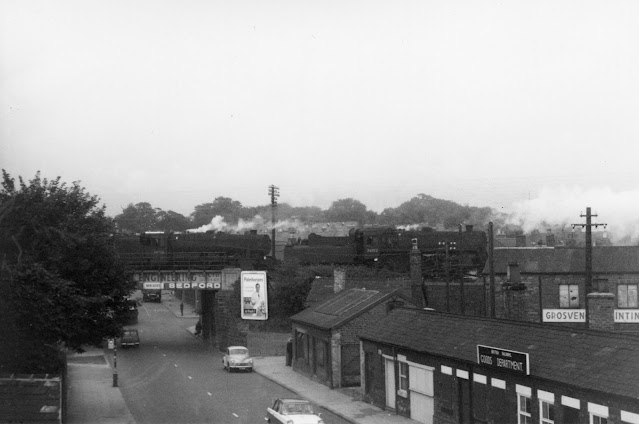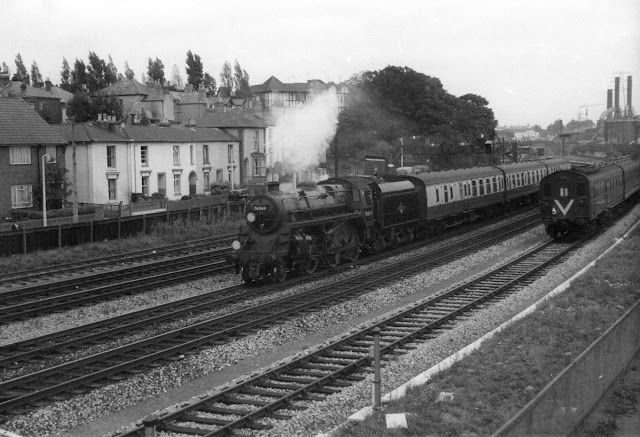One of the great bonuses of travelling around again is that something of interest is often just around the corner. This may take the form of an unexpected ancient building, a piece of street art, a good view of a relatively rare bird or an attractive flower that I definitely won’t know the name of. For me, this fascination extends to any old bits of parallel steel rail that are [usually] four feet eight and a half inches apart.
We had just left the National Trust property at Killerton in
Devon after a picnic break on our way home from Cornwall. The immediate task
was to find our way back on to the M5. At this point, I generally like to rely
on geographical nous, whilst Chris automatically reaches for the phone that has
sat’ nav’ on it. She is programmed from previous experience to know what
happens next. I go wrong, even before she has had a chance to set it up, as my
inbuilt compass goes off on one yet again. I looked for an opportunity to turn
round and found myself driving over an old railway line, set into a concrete
base. “Wonderful”, I say. I have no idea why this is here, but, of course, I
will find out, and I take the picture to remind me to do so.
The Silverton Paper Mill siding - rather than a branch line
- led a short distance to the old mill from the former Silverton station,
situated on the West of England main line between Exeter St David’s and Cullompton,
but of which there is now no trace. It had a concrete base throughout its
length, presumably so that trucks could be hauled by road vehicles as well as
by locomotives. Though the siding has not been used for many years, the
surviving part of the paper mill is within the Killerton NT estate and the
surrounding landscape has been sympathetically restored with ecology in mind,
in more recent times.










































